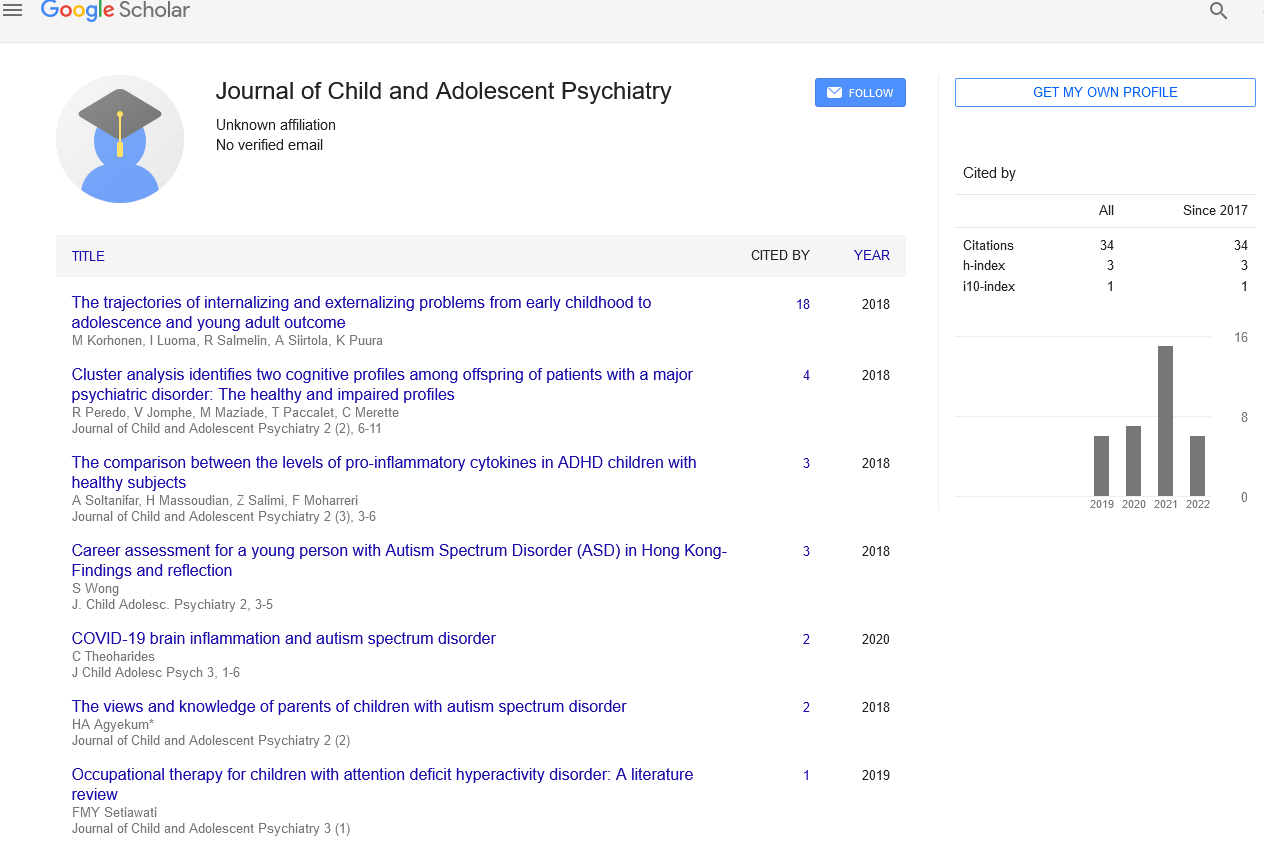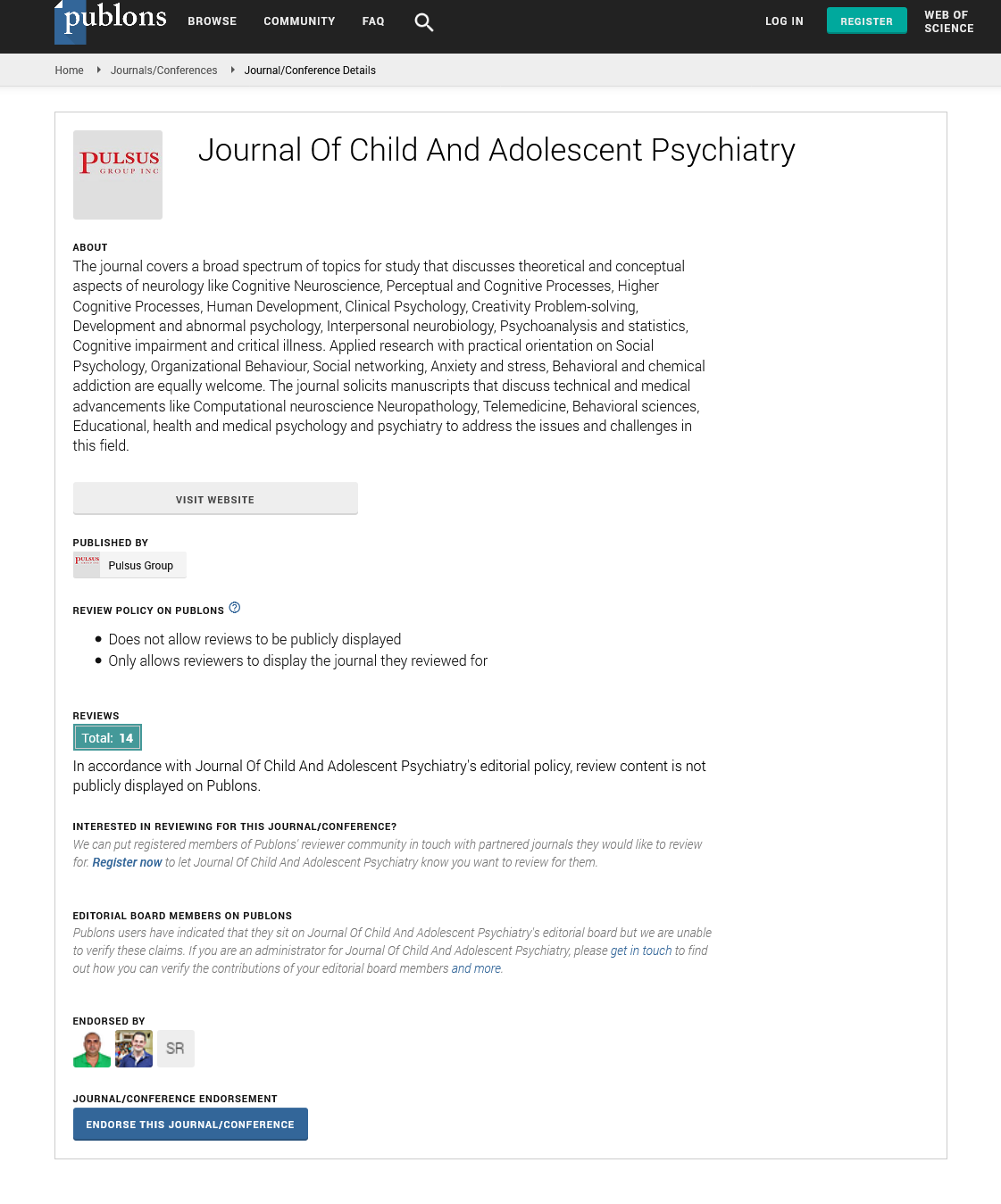
Sign up for email alert when new content gets added: Sign up
Abstract
Boys with Gender Identity Disorder: A Follow-Up Study
Author(s): Suzzane James*This study presents follow-up information on gender identity and sexual orientation for the largest group of boys clinic-referred for gender dysphoria (n=139). The boys were first evaluated when they were children, when they were a mean age of 7.49 years (range, 3.33–12.99), in a mean year of 1989, and then they were reassessed when they were a mean age of 20.58 years (range, 13.07–39.15), in a mean year of 2002. In terms of gender identity disorder in childhood, 88 (63.3%) of the males satisfied the DSM-III, III-R, or IV criteria, while the remainder, 51 (36.7%), fell below the threshold. At the follow-up, participants' gender identity/dysphoria was evaluated using a variety of techniques, and they were divided into persisters and desisters. Both fantasy and behaviour were assessed for sexual orientation, which was then classified as either biphilic/androphilic or gynephilic. Of the 139 participants, 17 (12.2%) fell into the persisters category, whereas 122 (87.8%) fell into the desisters category. For 129 participants, information on sexual orientation in fantasies was provided; 82 (63.6%) were classified as biphilic/androphilic, 43 (33.3%) as gynephilic, and 4 (3.1%) reported no sexual fantasies. Data on 108 participants' sexual orientation and behavioural data were available. Of these, 51 (47.2%) were classified as biphilic/androphilic, 29 (26.9%) as gynephilic, and 28 (25.9%) as having no sexual behaviour. With the biphilic/androphilic desisters serving as the reference group, multinomial logistic regression looked at predictors of outcome for the biphilic/androphilic persisters and the gynephilic desisters. The biphilic/androphilic persisters had more gender-variant scores on a dimensional composite of sex-typed behaviour in childhood than the reference group did, and they tended to be older at the time of evaluation in childhood. In comparison to gynephilic desisters, biphilic/androphilic desisters were more gender-variant. Boys who had been referred to a clinic as children for help with gender identity issues showed significant rates of desistance and biphilic/androphilic sexual orientation. The data's implications for the way that children with gender dysphoria are currently treated are examined.
Full-Text | PDF





